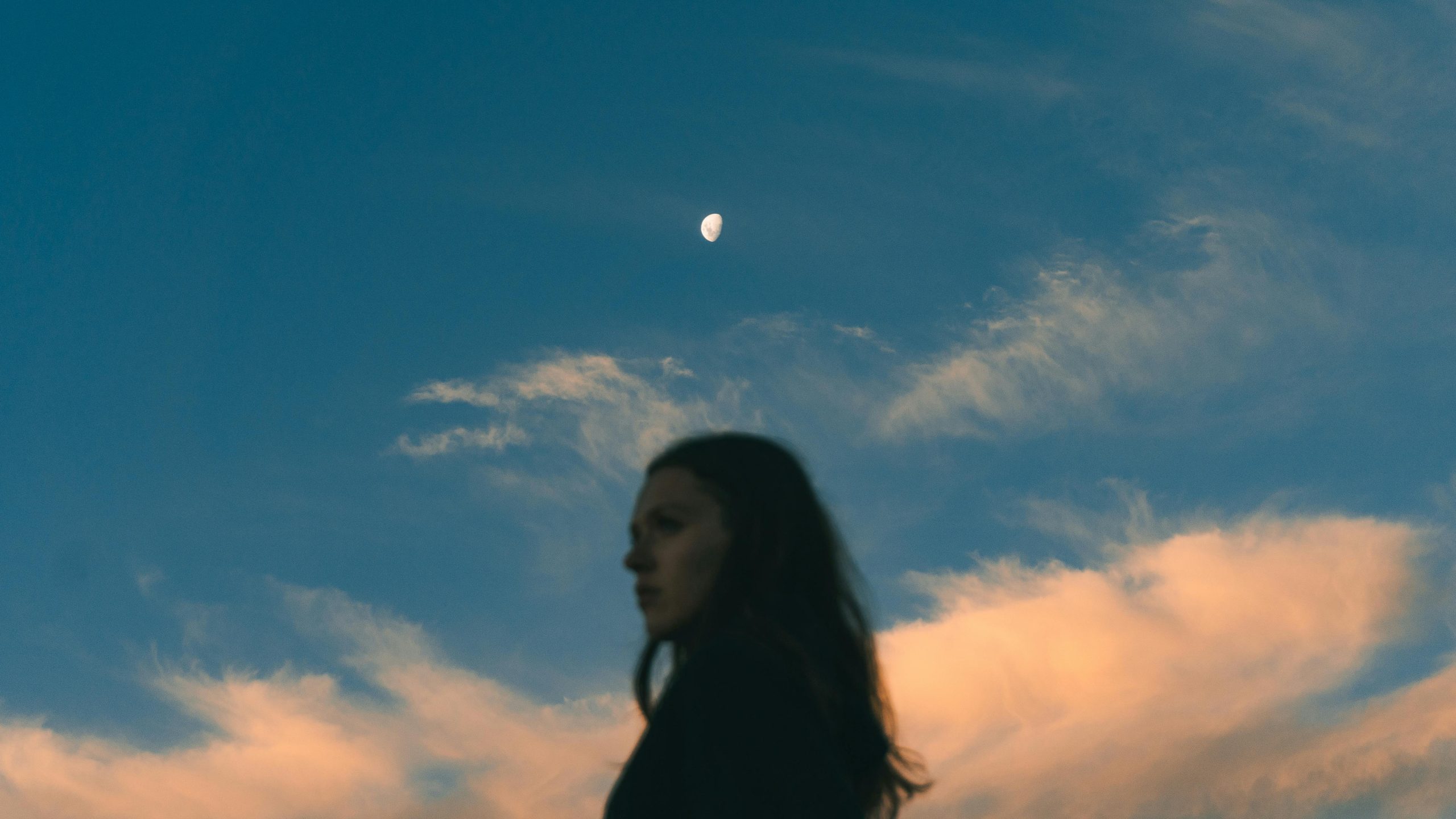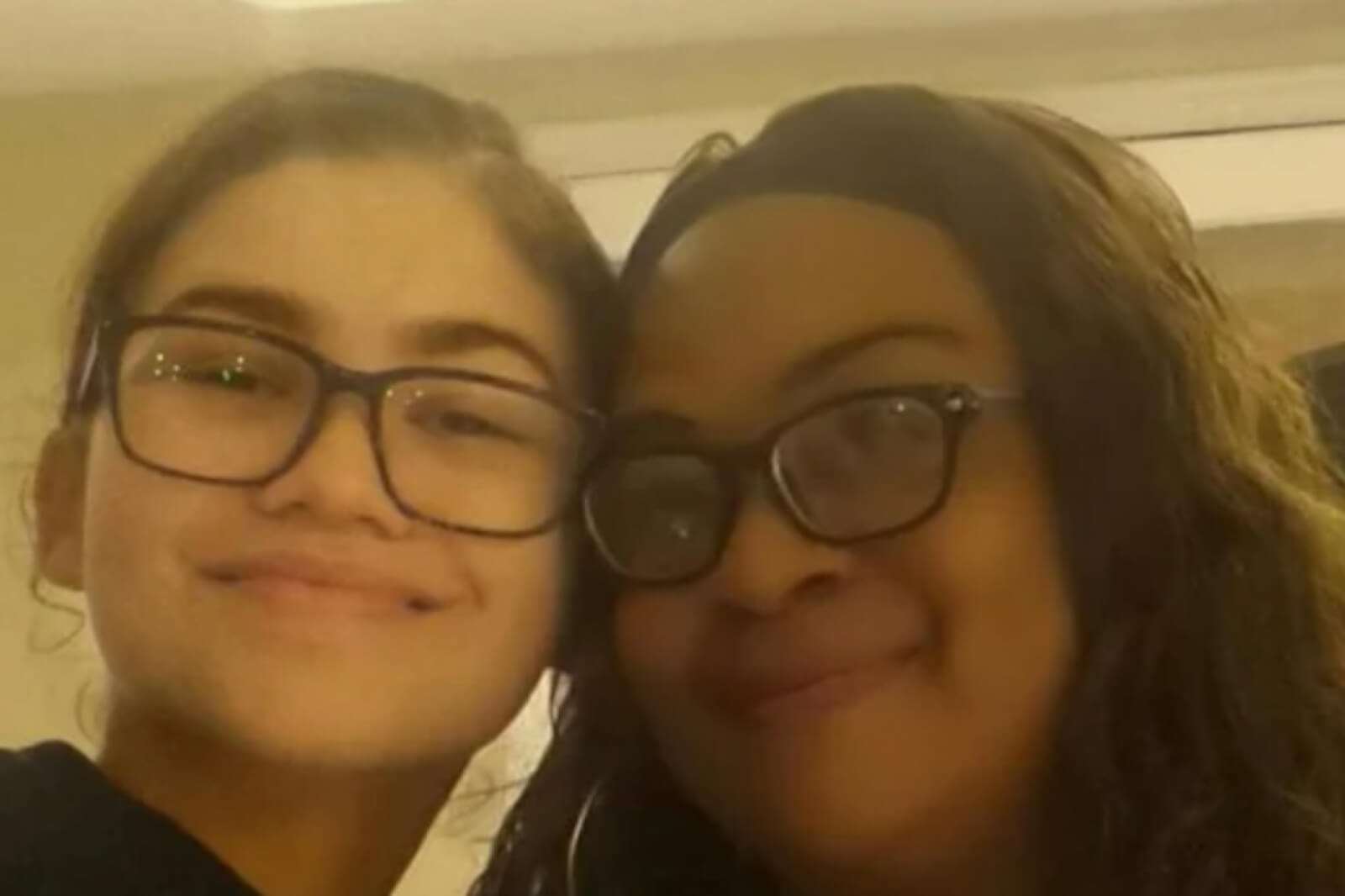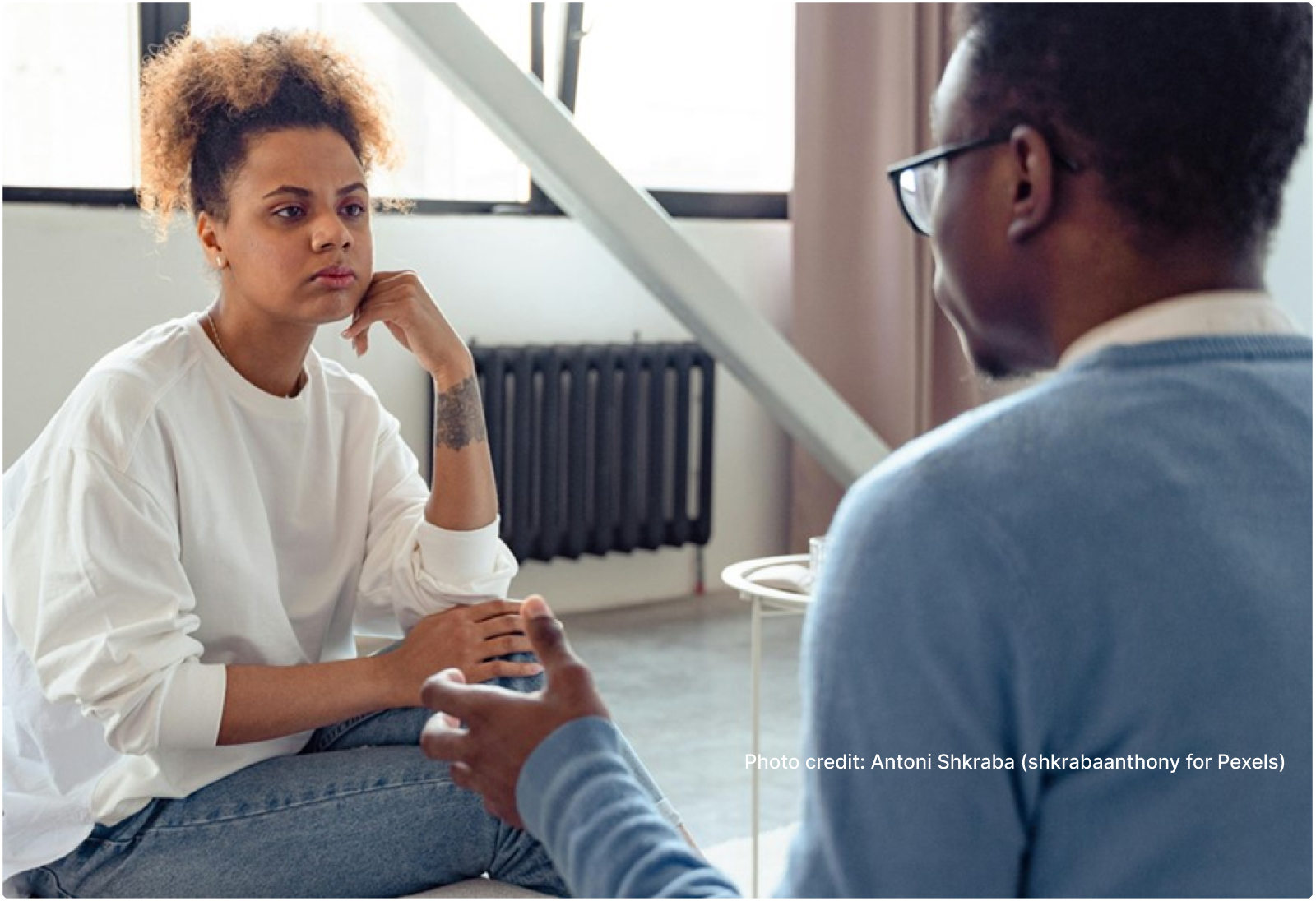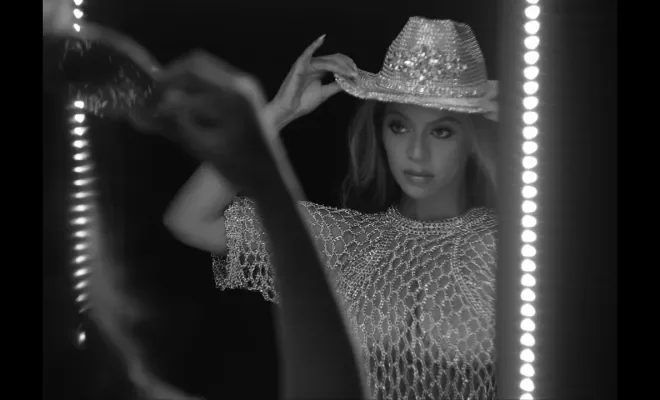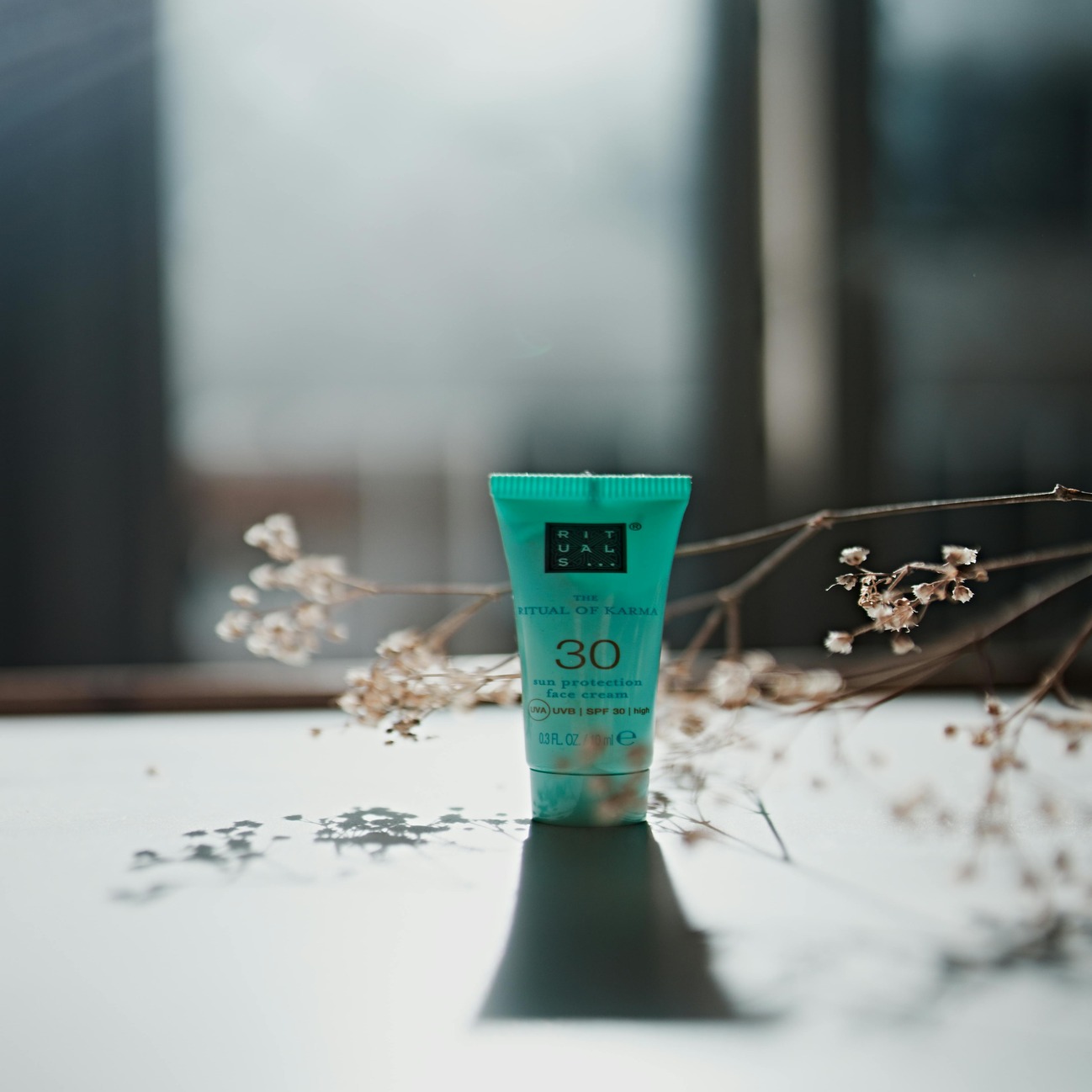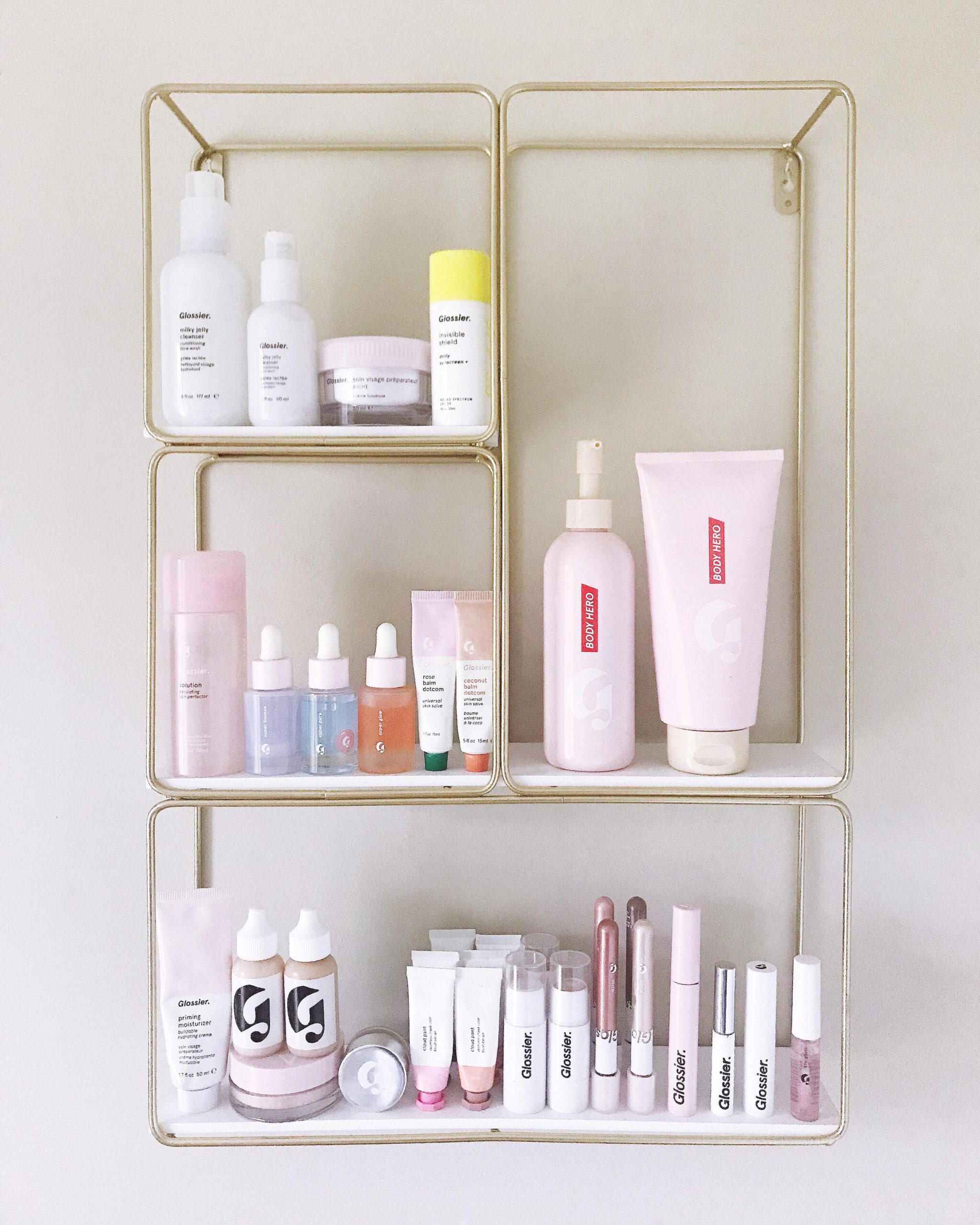A few months ago, I rewatched Blue Crush for the first time since I first saw it as a pre-teen.
It was winter, I was cold, and instead of running through my own rolodex of escape fantasies or scrolling through social media, I turned on the TV and decided to rewatch the 2002 Kate Bosworth film.
I realized I didn’t remember much about it except vague images of the ocean and the lush Hawaii beaches— something about surfing, something about love — and yet it occupies a very specific place in my mind, one perfect for the vicarious thrills I was seeking, so I turned it on to try and reconjure that feeling, or at least explain it to myself.
Turns out, it’s a pretty rote early 2000s film: a romance between a stubborn, goal oriented #girlboss and a shaggy haired white boy with a savior complex. The plot was cringey at times, but I made it through, reaffirmed that I had remembered all I needed to — the feeling of watching all the scenes at the beach, in the sun.
And because social media has done nothing if not reassure us that the oddly specific feelings we remember from our youth were in fact shared with everyone else growing up at the same time as us, and that none of us have ever had a unique thought in our lives, it seems TikTik is also remembering that Blue Crush beach-envy and have turned it into the latest nostalgic aesthetic trend.
What Is a Coconut Girl?
Inspired by titles like Aquamarine, H20, Zoey 101 and Blue Crush, amongst others, the Coconut Girl aesthetic is peak Y2K nostalgia, blending SoCal and vacation aesthetics into a contemporary take on the 2000s surfer girl.
@hiitskait222 Visit TikTok to discover videos!
She’s beachy, she’s effortless, and she smells like a mix of sunscreen, the sea, and 2000s era fruity perfume. As part of the Y2K revival, she’s got a disposable camera in tow — dedicated 2021 coconut girls even go so far as to get a camcorder for that extra mile of authenticity.
This trend is the latest iteration of the perpetually evolving cool girl aesthetic which is fundamentally rooted in effortlessness and, in recent years, evolved from the male gazey “sexy cool girl” (think Megan Fox lifting up the hood of Sh*a L*Beaouf’s car in Transformers) to an internet cool girl (think the Emma Chamberlain or Charli D’Amelio phenomenon), who doesn’t seemingly exist for the male gaze, but as relatable and aspirational for other girls.
The Cool Girl Trope, Explainedwww.youtube.com
With the Manic Pixie Dream Girl trope now bludgeoned to death by writers and critics of it alike, and the fake deep sad girl fading away in light of the ironic and unearnest demeanor of Gen Z, the cool girl is the new dominant figure — not just in movies, film and Tumblr feeds, but in real life.
Now that we can all brand ourselves (*shivers in distaste for the capitalist consumption of our literal personalities*) on TikTok and Instagram and the like, everybody can be a cool girl. The question is: What type? There was the Brandy Melville hype of the early-mid 2010s, then the Glossier girl, then the scrunchie and nalgene carrying VSCO girl of a few summers ago, and now, the sunscreen and disposable camera carrying Coconut Girl.
Now that it seems we are in a revolving door full of different kinds of cool girls, all we can do is accept it. It is the Coconut Girl’s time to shine, and she emerges, beachy and bold, as the embodiment of our pre-teen aspirations.
What makes the Coconut Girl aesthetic so compelling is that it is an amalgamation of all the things people who grew up in the early 2000s wished they could be. When we imagined high school, we imagined Zoey 101 (yes, I went to boarding school in pursuit of this, and yes I quickly realized I had been lied to). When we imagined summer, we imagined Aquamarine. And thanks to Blue Crush, when we imagined our far-off independence, we imagined driving to the beach-shack we shared with our friends and waking up at sunrise to surf.
It’s a manifestation of our unrealized lives, nostalgia for the lives we thought we were going to have when we grew up. And the internet has dredged up those feelings from deep within us, our vague beach envy and our desire for the perceived effortlessness of all our pre-teen idols, in the form of the Coconut Girl aesthetic.
Get Ready for a Coconut Girl Summer
Everyone has their own predictions for what the post-pandemic summer will bring. With most people in the US getting vaccinated and the pandemic restrictions loosening, the “slow down and cherish what you have” brigade from early quarantine who predicted that the pandemic would make us all more intentional and reflective have largely been silenced by the roar of the upcoming season of hedonism (also, the cicadas).
Some are predicting a Studio 54 type summer. Some are predicting peak early 2000s messiness. And new aesthetics and trends are arising as we emerge back into the world. The Coconut Girl represents the pent up desire for effortlessness and ease.
According to Saisangeeth Daswani at trends intelligence company Stylus in an interview for Nylon Magazine, “It’s about halter tops and miniskirts, pastel colors, glitter tattoos, floral prints, and Claire’s-inspired accessories. It’s equal parts escapism and joy.”
It’s not just the neon bikinis, floral patterns, and terrycloth we crave, it’s the kind of easy going nature and feeling of freedom that we have been deprived of this whole long year. The Coconut Girl mindset is an absonscion from the harsh reality of not just the past year, but all the apocalyptic messaging and news we’re inundated with everyday.
However, while it can be tempting to click your heels three times and imagine you’re at the beach in 2002, the mindful ignorance of the Coconut Girl could get a little problematic, like most internet trends.
Rooted in beaches and floral prints, the aesthetics also takes a lot of its cues from Hawaiian culture — or at least the American media’s imagined version of Hawaii — while white girls are the face of the aesthetic. Lots of resurgent prints feature the hibiscus, the state flower of Hawaii, and a glorification of island life as other than real life … rather than some people’s actual lives. And if we’re bringing back those early 2000s beach vacations which inspire the Coconut Girl nostalgia, let’s leave the white girl cornrows in the past.
Another potential issue of the Coconut Girl aesthetic and any other hyper specific sartorial internet trend is its encouragement of overconsumption. The trend is assuredly a passing one, a micro trend which will pass at the end of the summer, but requires very specific prints and colors to achieve. This is good news for fast fashion brands who can churn out plastic pieces to keep up with the trend cycle, but terrible news for the planet.
@100percentnotjess i like to think I’m pretty good on online thrifting so lmk if you want tips or keywords to search #coconutgirl
Many TikTok users are urging their fellow Coconut Girl hopefuls to get the look by thrifting and buying second hand. Since the look is inspired by the past, the most authentic version of the look can be found used instead of scrambling to purchase fast fashion.
So even the Coconut Girl is not as carefree as we imagined, but in our apocalyptic hellscape, she’s the closest we can get. The aesthetic is the sartorial equivalent of wrapping your baby blanket around yourself to seek the comfort of the past, or turning on an old song or movie to feel how you first felt watching it.
Now that TikTok has created an embodied version of that specific, sea-sleepy, sundazed feeling, we’re reminded of simpler times and the naive dreams of our younger selves. Call it a coping mechanism, call it another unnecessary resurgence of Y2K culture, but the TikTok girls will do what they want anyway.
If I’m being honest, I wouldn’t mind a Blue Crush remake. One with a less eye-roll inducing romance, less girlboss energy, and more scenes of the girls leaving their beach shack in the morning, to surf and soak in the sun.


